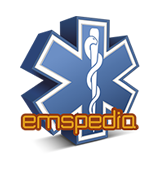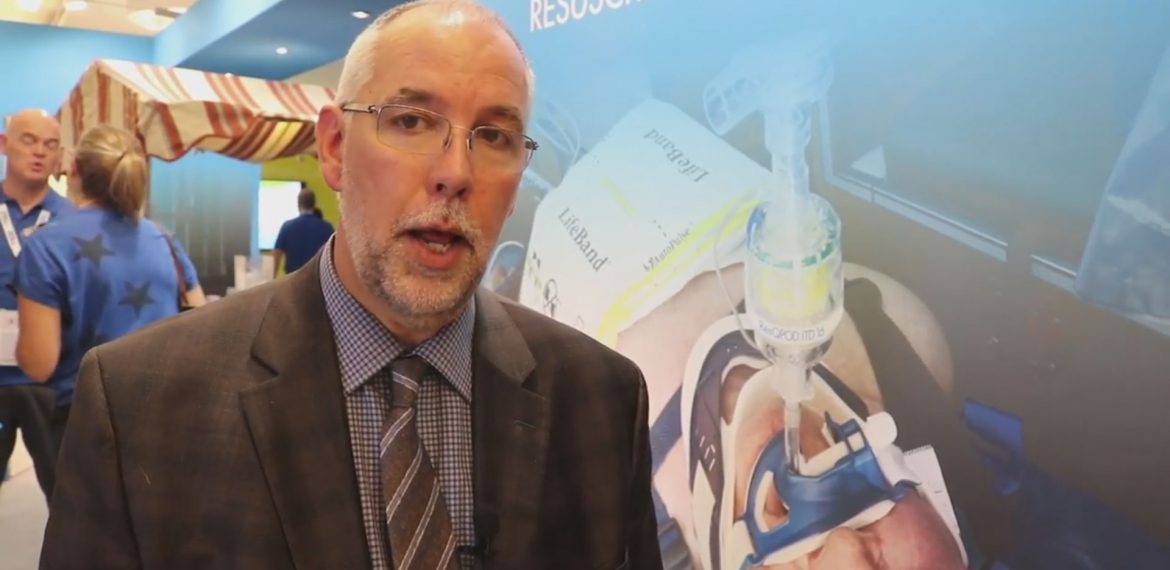For many years it has been documented that sudden cardiac arrest is among the leading causes of death, with victims numbering in the hundreds of thousands annually. That is what the Cardiac Arrest Registry to Enhance Survival (CARES) of United States reports, but on the other hand, there is also another type of cardiac arrest that scares many nowadays: the out-of-hospital cardiac arrest. Researchers believe the outcomes of these patients – as well as those treated for in-hospital arrests – can further improve.
Regarding the out-of-hospital cardiac arrests, we wish to move the focus on an essential part of its treatment, i.e., brain perfusion. We are well aware that when our heart stops beating, our brain stops functioning. The very first minutes after the cardiac arrest are crucial: a CPR must be provided. However, sometimes it is not enough, and the defibrillator has to be used to make our heartbeat again. But what about our brain? Is it ok after a cardiac arrest? Could it show the consequence of this afterwards?
Research into the neurological status of patients after cardiac arrest is turning out to be very relevant but lacking. There is a general perception among neurologists called to assess patients that those who are the unresponsive following return of spontaneous circulation have poor prognoses, although they have tools to mitigate poor prognoses. Detailed neurological investigation of patients is needed before a decision is made to end post-arrest, intensive care treatment. EMS personnel are very aware of that: perfusing the brain is as important as perfusing the heart, and it is an essential part of high-quality CPR.
We interviewed Doctor Joe Holley, critical care specialist in Memphis, Tennessee. Dr Holley is promoting a campaign on brain perfusion to carry out good CPR.
- “Your Brain on CPR” which means focus on the brain resuscitation, brain perfusion for a good expectation of life in cardiac arrest. Is it correct?
“The ultimate goal is to have an intact neurological survival at the end of a cardiac arrest. The heart is a part we can replace. The brain we can’t, so the brain is the ultimate goal of ensuring a good quality of perfusion. So I think in a cardiac arrest situation the most important part is to pay attention to the details. In Cardiac arrest you have to makes certain to delivering high perfusion CPR, high-quality CPR all the time in those patients. The interventions and techniques we utilize to take care of those patients are up-to-date and are designed to improve blood flow into the brain so that we can protect the brain at all costs.”
- What are the new technologies to provide good perfusion?
“There are limitations to the quantity of the perfusion we can get with standards CPR. We can enhance that standard CPR with feedback tools that can make certain we are doing in the best way we are able to do it. But in order to really get higher perfusion, you need technological adjuncts to CPR to help improving flow,both in the brain and in the heart and to improve the neurological survival rate.”
- What could be the solutions that first responders could use for improving resistance in cardiac arrest resuscitation?
“According to me, the addition of the ResQPOD® is extremely important in enhancing the quality of CPR that has been delivered. For that device to really do what they are designed to do you need to do a very good quality CPR, but for a first responder that’s extremely important because that’s when you have the best chance of a neurological intact survival. Survivor is early in that cardiac arrest event as you can initiate therapy, so if sooner we can get those technologies to cardiac arrest patients, the better more life we are in that neurological intact survivals.”
- Are we ready to have a mechanical CPR assistant for first responders and for people who are not dealing with ALS?
“I think there’s no question about bystanders that deliver CPR, it is vitally important in the survival of any cardiac arrest patient. But again, I think even if we do that very well, we’re only able to generate about 25% to 30% of the flow that we previously had in our brain. So, the idea of putting into the hands of the earliest responders some sort of technologies that enhance the amount of flow we can generate is vitally important for the survival of the patient, but it also can give an advantage to EMT and Paramedics. The fact is that bystanders stepped in and tried to buy some more time to allow us to get there with those advanced technologies. That’s the benefit of bystanders CPR.”
LISTEN TO THE PODCAST INTERVIEW
REFERENCES
Cardiac Arrest Registry to Enhance Survival (CARES)
Optimizing Neurologically Intact Survival from Sudden Cardiac Arrest: A Call to Action
SOURCES

